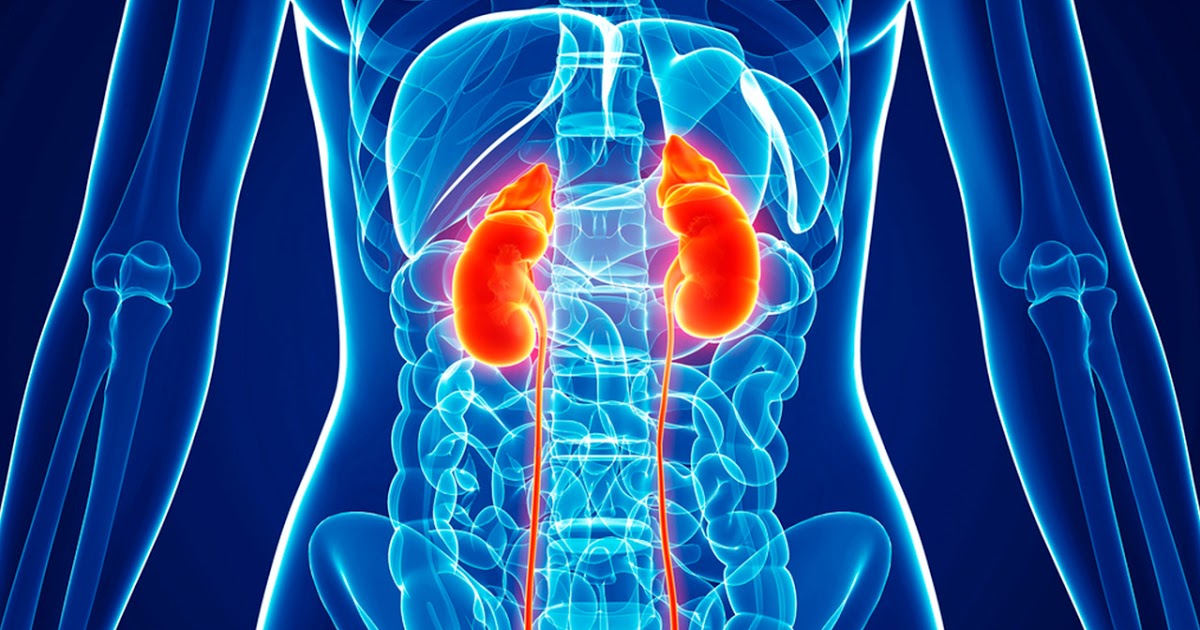What Causes Restless Leg Syndrome?
'The most common disorder you've never heard of' is how the Restless Legs Syndrome Foundation describes Willis-Ekbom disease, or restless leg syndrome (RLS) as it is more popularly known. The National Institutes of Health estimates seven to ten percent of citizens in America have restless leg syndrome. Yet, this widespread health problem is still largely unknown and untreated. This can lead to serious issues, such as depression, workplace problems, and anxiety. For this reason, it is vital individuals know the leading causes of restless leg syndrome.
Obesity

The study of restless legs syndrome has not yet identified the main cause of the condition. However, early research has linked restless leg syndrome to problems with the neurotransmitter dopamine, a chemical that helps the body have smooth muscle movements. When dopamine is missing or inhibited from working effectively (as with Parkinson's disease), an individual will experience involuntary body movements.
When researchers discovered obese individuals had reduced dopamine function, they theorized obesity may also be connected to restless leg syndrome. A study published in 2009 reviewed 65,554 women and 23,119 men and did find a link between restless legs syndrome and obesity. They found being overweight increased an individual's risk of restless leg syndrome from forty-two to sixty percent. The researchers concluded 'a greater BMI in early adulthood and weight gain was also associated with a higher prevalence of restless leg syndrome.'
Kidney Failure

Another condition associated with restless leg syndrome is kidney failure. From twenty-five to forty percent of individuals on dialysis suffer from restless leg syndrome. Scientists speculate there may be several factors caused by kidney disease that increases restless leg syndrome. First, National Institutes of Health report patients with end-stage renal disease can have iron-deficiency anemia, a risk factor for restless leg syndrome. This is due to the diseased kidneys' inability to produce adequate amounts of the hormone erythropoietin (EPO), a key component in the production of red blood cells.
With lower levels of EPO in the body, the bone marrow's red blood cell production is decreased, leading to anemia. Second, kidney failure increases uremic toxins in the body, which can cause peripheral neuropathy, another condition associated with restless leg syndrome.
